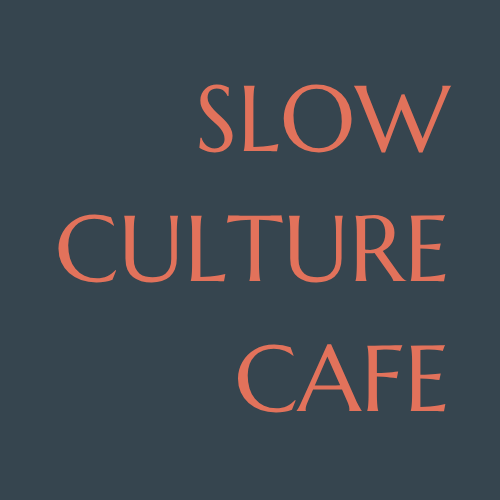Rooted in Beauty: The Rise of Nature-Inspired and Sustainable Art
In a world buzzing with digital noise and fast-paced visuals, many artists are returning to a quieter muse: the natural world. Biophilic art—art inspired by nature, crafted from organic materials, and reflecting earthbound themes—is more than a style trend.
Everything comes from nature. Even if we only have a brief moment, every mindful walk in the forest makes us realize again and again the relevance of the harmony between man and nature. Impressive so-called natural spectacles sharpen our senses. Huge works of art on the theme of nature leave us speechless. As the main theme or just as a backdrop, nature with organic materials creates almost limitless spaces for design in art.
It’s a reconnection. A slow, sensory invitation to remember where we come from. At its core, biophilic art channels the rhythms, textures, and tones of nature. Think ochre and moss green palettes, botanical illustrations, sculptures made from driftwood or reclaimed clay, and installations that echo the gentle curve of leaves or the movement of water. It’s not just about depicting nature—it’s about feeling it.
This kind of art doesn’t shout. It whispers. It breathes. It invites you to slow down, to notice the way light plays across natural fibers, or how the rough surface of bark contrasts with the softness of a handmade linen canvas. In an era of screens and synthetic spaces, biophilic art brings back what we often miss: texture, warmth, imperfection.
Artists across North America are embracing this ethos. In Vancouver, creators like Anna Gustafson use foraged plant materials and natural dyes to craft soft, moody textile pieces that evoke Pacific coast forests. In the Hudson Valley, ceramicists like Stephanie Shih sculpt vessels that honor seasonal cycles, grounding their forms in the soil they came from. These works don’t just exist in nature—they emerge with it.
And audiences are responding. More people are seeking artwork that calms rather than confronts, that brings serenity to their living spaces rather than spectacle. It’s part of a larger cultural shift: a craving for slowness, for meaning, for mindfulness. As we become more aware of climate change and environmental fragility, sustainable art is no longer a niche—it’s a necessity.
But sustainability in art isn’t just about subject matter. It’s about process. Biophilic artists often work with repurposed or locally sourced materials. They dye with plants, reuse studio scraps, avoid plastics and synthetics. They question the industrial production model and reintroduce patience into their practice. Their studios resemble kitchens, gardens, or forest floors more than factories.
There’s something deeply poetic in this. To make art that decays, that weathers, that returns to the earth—isn’t that a beautiful metaphor for our place in the world? In the impermanence of natural materials, there’s a quiet reminder of our own cycles. Life, creation, return.
Biophilic art also echoes ancient traditions. Long before “sustainability” was a buzzword, Indigenous artists and artisans around the globe created in harmony with nature, using what was available without excess or waste. Today’s movement is, in many ways, a remembering of ancestral wisdom, of ecological respect, of being in relationship with land and place.
Whether it’s a wall hanging made from handwoven hemp, a botanical print painted with walnut ink, or an installation built from found branches, biophilic art doesn’t just decorate—it grounds. It invites us to bring the outside in, not just visually, but emotionally. To reconnect not only with nature, but with our own inner stillness.
This silence is necessary for us in a time of noise and disruption. Art, nature, and people are in harmony and create what everyday life, characterized by crises and difficulties, cannot provide.
In a time of overwhelm, this kind of art offers a quiet refuge. It reminds us that beauty doesn’t have to be loud, polished, or mass-produced. Sometimes, the most powerful works are those that feel like a walk through the woods—unhurried, breathing, alive.

